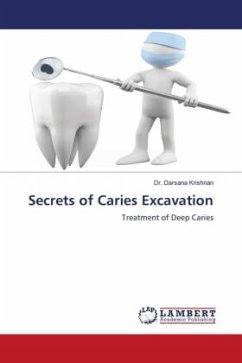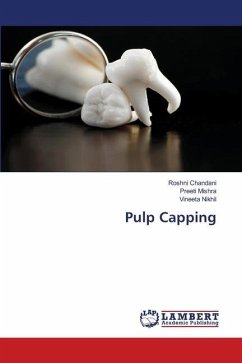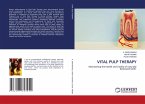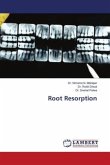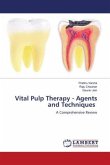One of the main objectives of a restorative dental procedure is the protection of the pulp to maintain its vitality, and pulp capping has been shown to be very successful in this regard for cases of reversible pulpitis. When the carious lesion is in close proximity to the pulp but the pulp tissue has not been exposed, indirect pulp capping is performed using liner or base materials prior to placing the final restoration. On the other hand,if there is a direct exposure to the pulp, treatment with direct pulp capping requires careful and specific selection of the pulp capping material. The emphasis has shifted from the "doomed organ" concept of an exposed pulp to one of hope and recovery.The exposed pulp possesses an inherent capacity for healing through cell reorganization and bridge formation when a proper biologic seal is provided and maintained against leakage of oral contaminant.Clarity on the biology of caries, comprehension of technological advances and conviction about improved restorative materials has initiated a pulp preservation that indeed is a boon to the clinician and the patient.
Bitte wählen Sie Ihr Anliegen aus.
Rechnungen
Retourenschein anfordern
Bestellstatus
Storno

